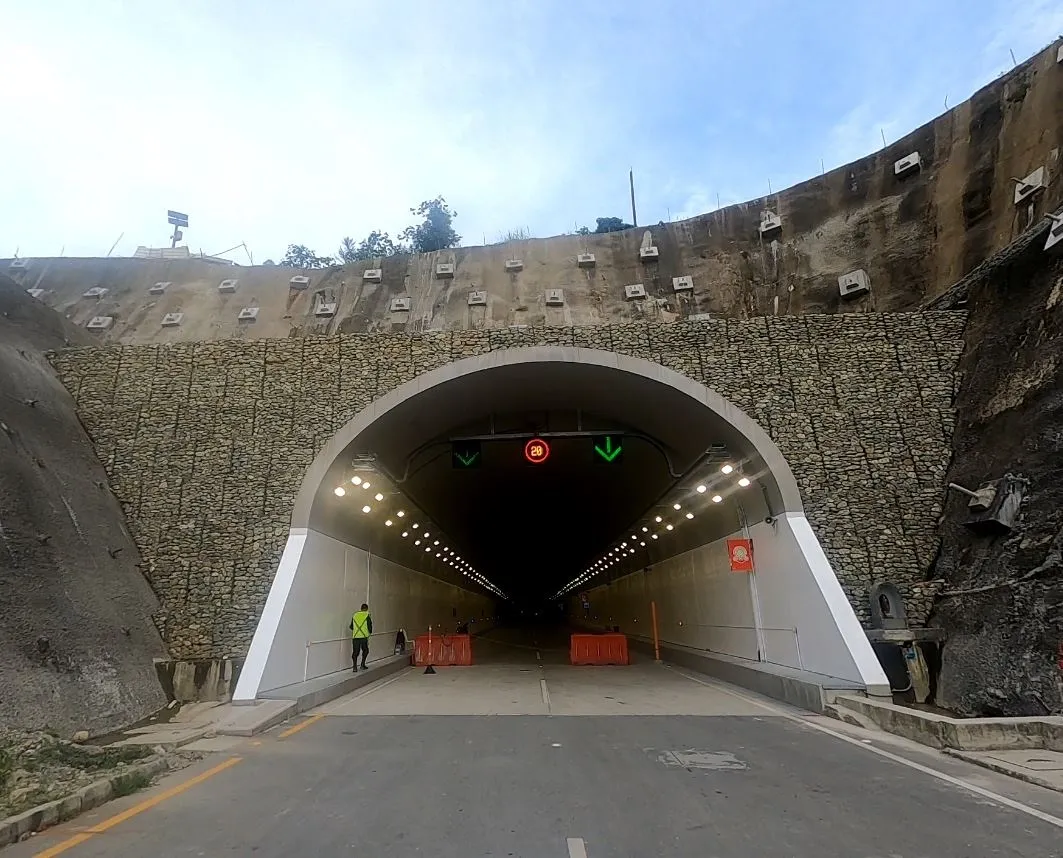Colombia's three airport concessions have shown significant growth over the past ten years, each increasing passenger flow by over 200 per cent, figures from the country's civil aviation body show. Bogotá's El Dorado international airport, which became a concession in 2007, grew 235 per cent, passing from transporting 7 million passengers in 2003 to transporting 25 million in 2013. Meanwhile, Cartagena's Rafael Núñez airport grew 224 per cent from 1 million passengers in 2003 to 3.3 million in 2013.
June 20, 2014
Read time: 2 mins
Colombia's three airport concessions have shown significant growth over the past ten years, each increasing passenger flow by over 200 per cent, figures from the country's civil aviation body show.
Bogotá's El Dorado international airport, which became a concession in 2007, grew 235 per cent, passing from transporting 7 million passengers in 2003 to transporting 25 million in 2013. Meanwhile, Cartagena's Rafael Núñez airport grew 224 per cent from 1 million passengers in 2003 to 3.3 million in 2013.
Finally, although the concession packet for the six airports in Colombia's north-eastern region was awarded later, in 2010, the airports have collectively also increased by over 200 per cent, up more than 4 million passengers.
In addition, Colombia's national infrastructure agency ANI is also planning to launch an additional two airport tenders totalling US$300 million in July. The concessions would be for the expansion, operation and maintenance of airports serving the cities of Barranquilla, Neiva, Armenia and Popayán. One tender is for Barranquilla's Ernesto Cortissoz airport, while the other involves the remaining three terminals.
The concession could result in a 3.5 million increase in passenger traffic, according to estimates.
Bogotá's El Dorado international airport, which became a concession in 2007, grew 235 per cent, passing from transporting 7 million passengers in 2003 to transporting 25 million in 2013. Meanwhile, Cartagena's Rafael Núñez airport grew 224 per cent from 1 million passengers in 2003 to 3.3 million in 2013.
Finally, although the concession packet for the six airports in Colombia's north-eastern region was awarded later, in 2010, the airports have collectively also increased by over 200 per cent, up more than 4 million passengers.
In addition, Colombia's national infrastructure agency ANI is also planning to launch an additional two airport tenders totalling US$300 million in July. The concessions would be for the expansion, operation and maintenance of airports serving the cities of Barranquilla, Neiva, Armenia and Popayán. One tender is for Barranquilla's Ernesto Cortissoz airport, while the other involves the remaining three terminals.
The concession could result in a 3.5 million increase in passenger traffic, according to estimates.










